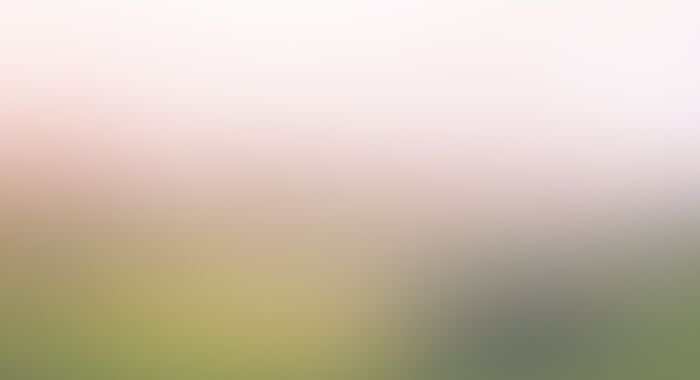Shades of Sound (2018)
“Shades of Sounds” is an approximately 2 minutes long video that will explore and attempt to simulate the perceptual phenomenon of Chromaestesia, a form of synesthesia in which color is perceived in response to stimuli (as words or numbers) that contain no element of color — called also chromatism, color hearing. The video consists in two important elements that are going to support the simulation , sound and visual. Through the capability of the viewer to get used to what he sees and to organize it in an order to follow, this video aims to raise awareness on a condition that is still considered to be rare, as 1 person out 2000 suffers of it. Statistically, the most common form of synesthesia is called color-graphemic synesthesia. With this particular condition, patients will notice that letters and numbers will be seen as different colors. I chose to create my simulation as a video that I personally shot and edited, and although my piece of work seems to be closer to a representation of the phenomenon than to a real simulation of it, using this media I have been capable to reproduce how it feels to have this condition and simulate how sounds can be possible perceived by synesthetes especially when they hear sounds in a dark environment. In short, my video consists in combining music with visual elements (such as colours), aiming to encourage the viewer to learn how chromaesthesia works. Obviously with this prototype we talk about and explore virtuality because of the intent of simulating something that in real life only a minority of people actually experience, and even though I see this video as a piece of work that can be spread on the internet but also as something that can become interactive, like a software or a mobile app to encourage the viewer experiencing something they probably don’t know, or, for the synesthetes, to actually give a name to how they perceive stimulis. Apparently the majority of people who suffers from synesthesia are not aware of it, and actually think that everyone else’s perception works the same way. In short, this is how I would develop my prototype; adding interactivity, like a software where the user acquires capability to play their own sounds and see what colours and shapes it generates, and attempt to make the experience more real, encouraging people to embrace a very interesting condition and make art out of it.
